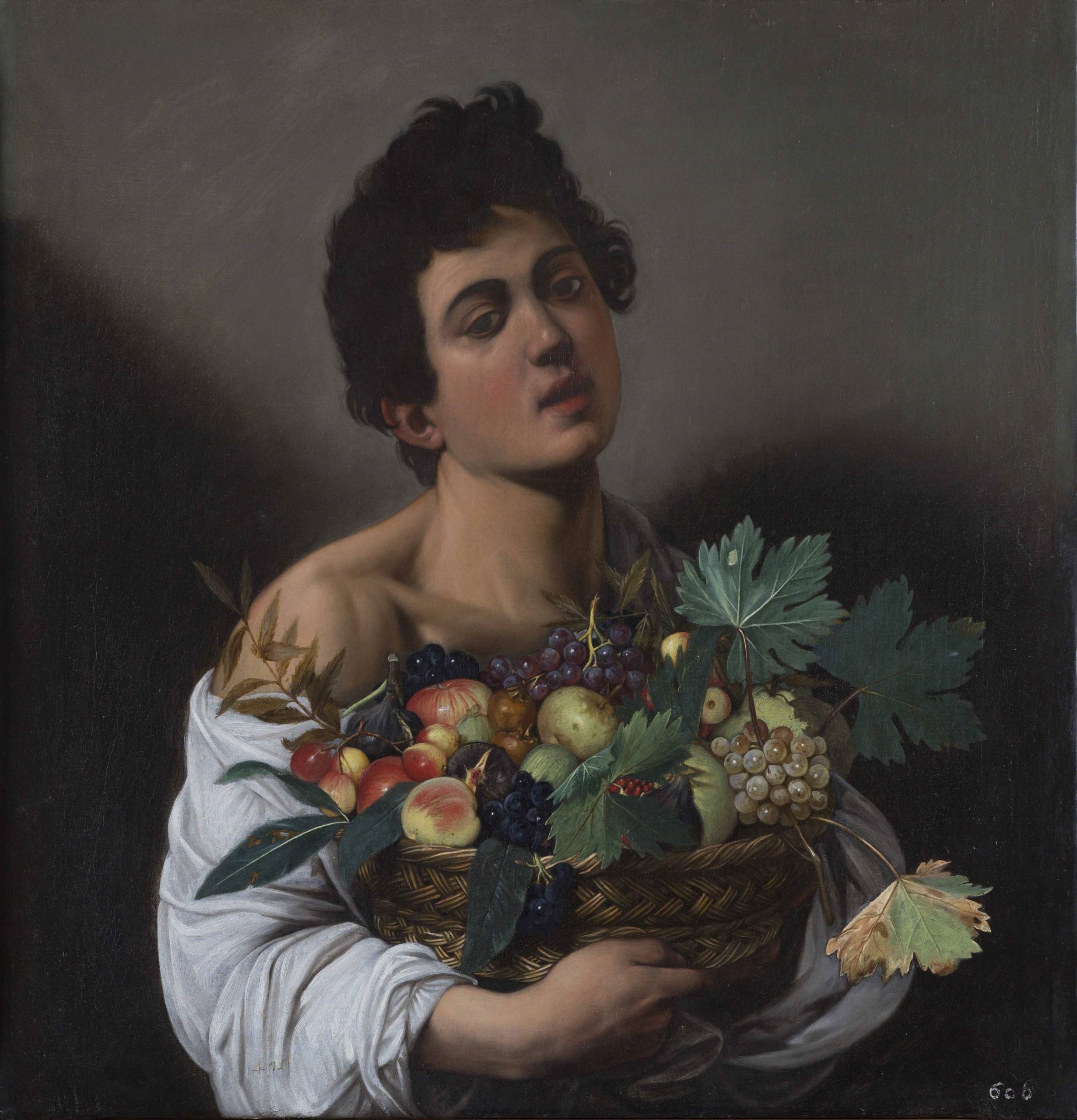
Caravaggio, Rubens, Raphael, Titian, Botticelli, Veronese, and Bernini: it’s a roll call of the greats, and just a handful of the artists whose Renaissance and Baroque works have traveled from their home in Rome’s Galleria Borghese to the Musée Jacquemart-André for a rare exhibition in Paris.
The museum chose the all-star line up for its first show back since it has been closed for renovations since 2023. Curators at the Paris mansion-turned-museum have handpicked 39 paintings and four sculptures from the once powerful Cardinal Scipione Borghese’s Baroque collection, and are displaying them at the gilded Boulevard Haussmann former home of the banker Edouard André and artist Nélie Jacquemart—major collectors in their own right—until January 5, 2025.
The exhibit is as much an opportunity to soak in these rarely traveling masterpieces of 16th and 17th-century Italian and Nordic art as it is to understand the artistic vision and life of the powerful, yet ruthless man who collected them. Scipione Caffarelli-Borghese (1577–1633) wielded influence through his uncle, Pope Paul V, famously whipping up criminal charges against Caravaggio-collector Giuseppe Cesari, who was forced to hand over paintings by the chiaroscuro master to the Borghese family as a result.
In fact, one item from the confiscated trove is the poster image for the exhibit: Caravaggio’s Boy with Basket of Fruit, (c 1595). It depicts a young man holding an overflowing basket of perfectly ripe fruit, his open lips and bare shoulder beckoning provocatively. On several other occasions, Borghese threatened artists, and even imprisoned Domenichino Zampieri (1581-1641), in order to get his hands on their creations.
Gian Lorenzo Bernini, Self-portrait at a Mature Age , circa 1638-1640, oil on canvas, 53 x 43 cm, Galleria Borghese, Rome © Galleria Borghese / ph. Mauro Coen
Along with Borghese’s insatiable taste for contemporary talent, however, came artistic patronage—of which he was quick to benefit himself. Importantly, the cardinal is credited with discovering and supporting then-adolescent Baroque sculptor, Gian Lorenzo Bernini (1598-1680). One of Bernini’s earliest surviving sculptures, The Goat Amalthea (c. 1609-1615), which depicts a reclining goat feeding the infant Jupiter, has made it to Paris, as has his striking Self-portrait at a Mature Age (c. 1638-1640). The latter is one of Bernini’s few surviving paintings—a work not easily forgotten. With his concentrated stare, the artist appears to look right back at the viewer.
Raphael, Lady with Unicorn , circa 1506, oil on canvas applied on panel, 67 x 56 cm, Galleria Borghese, Rome © Galleria Borghese / ph. Mauro Coen
Another highlight is Raphael’s Lady with Unicorn (c. 1506) oil painting. The 16th-century Florentine girl depicted is thought to have been inspired by the Mona Lisa, with the composition’s similar framing, and quarter-turned, mysterious profile. In her arms, the model holds a miniature, furry unicorn—a symbol of conjugal virtues. For centuries the picture was painted over into Saint Catherine of Alexandria, but after a 1935 restoration, its true subject matter and attribution to Raphael was revealed.
There is also an ever-fascinating, early copy of Leonardo’s Leda (c1510-20). In it, a nude Leda stands beside her swan, who cups her hips with its wing while their children play at their feet, with an unhatched egg resting behind the odd, but smiling couple.
Leonardo da Vinci (copy after), Leda and the swan , before 1517, oil on panel, 115 x 86 cm, Galleria Borghese, Rome © Galleria Borghese / ph. Mauro Coen
With his considerable wealth and influence, the cardinal filled his early 17th-century Villa Borghese Pinciana (today the Galleria Borghese) with several hundred works of art spanning Italian schools and international regions. He showcased the collection much like a museum would today, though this was a radical concept at the time, and is credited with galvanizing Rome’s golden era, as a precursor to what became the modern collector.
Co-curator Francesca Cappelletti described the Borghese collection as “a space that could be equated with a time machine,” blending classical Roman works from antiquity with Renaissance and Baroque masterpieces, surrounded by marble works and frescoes. Seen in the context of the Musée Jacquemart André’s collection of Italian art from the Middle Ages to the 18th century, including its sumptuous Tiepolo ceiling fresco in what is now a café, the entire experience becomes a journey through history, shaped by the art that defined it.